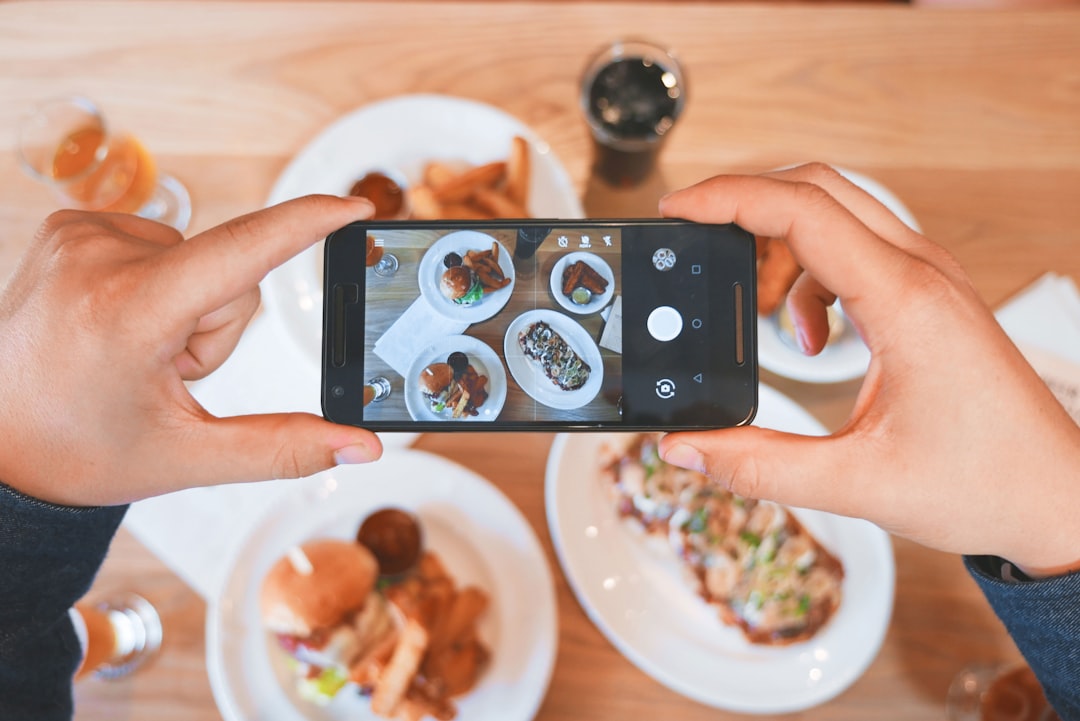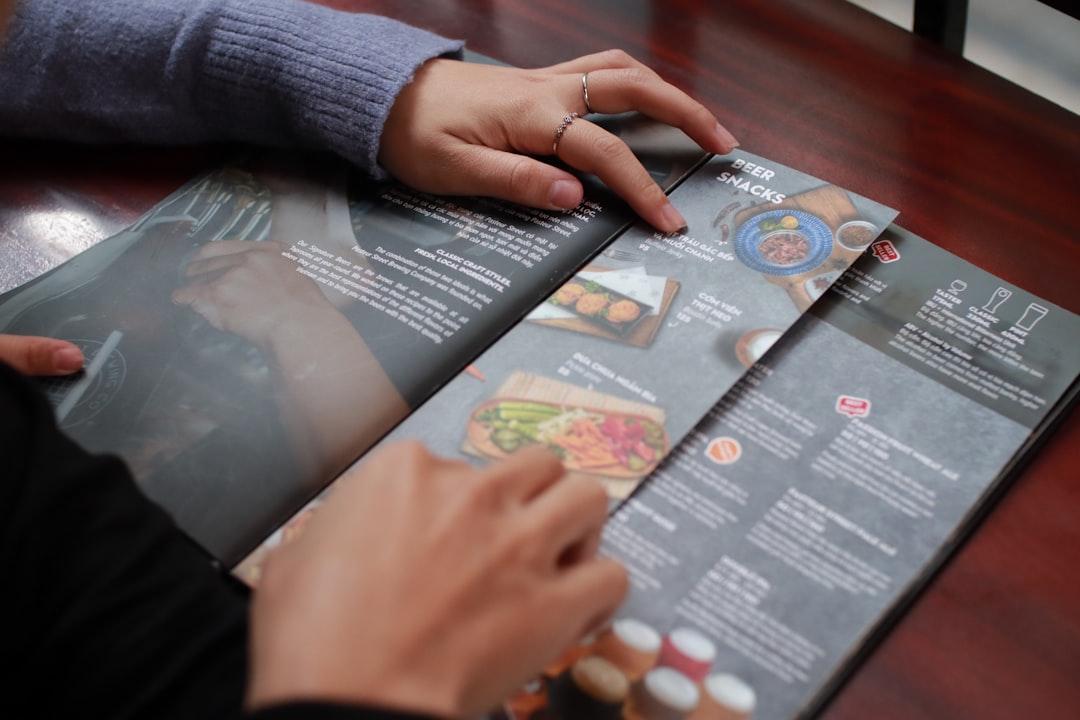Struggling to fill tables? Watching competitors thrive while you're barely surviving? You're not alone. The restaurant industry is brutally competitive, with 60% of establishments failing within their first year. But it doesn't have to be this way.
The difference between restaurants that thrive and those that merely survive often comes down to one thing: strategic marketing. Not random posts on social media or sporadic promotions, but a comprehensive, data-driven approach that speaks directly to your ideal customers.
Think of your marketing strategy as your restaurant's secret recipe - unique ingredients combined in just the right way to create something memorable and worth returning for.
Let's break down what makes a restaurant marketing strategy truly effective:
Before spending a single dollar on marketing, you need to answer one critical question: Who exactly are you trying to reach?
Action steps:
According to Response Agency, 74% of consumers now expect personalized experiences from brands. Generic marketing simply doesn't cut it anymore. The days of one-size-fits-all promotions are as outdated as paper menus without QR codes.
Consider the difference between these two approaches:
The latter acknowledges a specific audience's unique needs and pain points - creating immediate resonance.
Your menu is more than a list of dishes—it's a marketing tool. Optimize it by:
For example, which sounds more appetizing? "Grilled Salmon - $24" or "Flame-kissed Alaskan Salmon - Sustainably caught and lightly glazed with house-made citrus-herb butter, served over aromatic wild rice - $24"

Strategic pricing can dramatically impact your bottom line:
Restaurant owners who master this element understand that pricing isn't just about covering costs—it's about communicating value and creating strategic opportunities for upselling.
In today's digital world, "place" extends beyond your physical location:
Your restaurant now exists wherever your customers want to experience it—which might be their couch at home, their office desk, or at a local farmers market.
This is where most restaurants focus, but it's only effective when the other P's are solid:
A staggering 81% of consumers search for restaurants via mobile apps or browsers, according to Toast. Your Google Business Profile is often their first impression, and 30% of these searches convert to immediate visits.
Optimization checklist:
Your Google profile should be as meticulously maintained as your physical storefront—perhaps even more so, as it often receives more "visitors" in a day.
Social platforms aren't just for posting—they're for connecting:
TikTok and Instagram: Short-form video content showing behind-the-scenes glimpses, chef techniques, or signature dish preparations can drive immediate foot traffic. The authenticity factor is crucial here—overly polished content often underperforms compared to genuine, in-the-moment captures.
Facebook: Focus on community building and event promotion. This platform excels for targeting specific demographics with paid advertising and creating event pages that generate buzz for special occasions.
Action steps:
One restaurant owner in Chicago reported a 34% increase in weekend reservations after implementing a regular "Meet the Team Monday" series that highlighted staff stories and personalities.
With all the focus on social media, many restaurants overlook email marketing—a mistake that costs them dearly. Email marketing provides direct access to your customers without algorithm interference.
Best practices:
One mid-sized restaurant chain reported that their targeted email campaigns generated a 22% return customer rate compared to just 8% from first-time walk-ins with no follow-up.
It costs 5-25 times more to acquire a new customer than to retain an existing one. A well-designed loyalty program can dramatically increase customer lifetime value.
Modern approaches:
A successful loyalty program doesn't just reward frequency—it creates emotional connection. As one restaurant consultant put it: "Points get them in the door; experiences keep them coming back."
Marketing without measurement is just guesswork. Track these key metrics:
As 7shifts emphasizes, local restaurant marketing requires consistent tracking to optimize your return on investment.
Define your unique selling proposition - What makes your restaurant truly different? Is it your third-generation family recipes? Your farm-to-table sourcing? Your theatrical presentation?
Set specific, measurable goals - Increase weekday lunch sales by 15% within 3 months, boost bar revenue by 20% during happy hour, or grow your email list to 5,000 subscribers.
Identify your target audience - Create detailed personas of your ideal customers, from the "Business Lunch Crowd" to the "Weekend Brunch Enthusiasts" to the "Special Occasion Celebrators."
Select your marketing channels - Focus on 2-3 channels where your audience spends time. Better to excel on Instagram and email than to be mediocre across six platforms.
Create compelling content - Develop a content calendar for the next 3 months that aligns with seasonal offerings, local events, and your business objectives.
Implement and execute - Assign responsibilities and set deadlines for each marketing initiative. Even the best strategy fails without consistent execution.
Measure results and adjust - Review performance monthly and optimize accordingly. Marketing is never "set it and forget it"—it requires constant refinement.
Modern restaurant marketing requires juggling multiple platforms, campaigns, and metrics. This is where technology becomes your secret weapon.
An integrated restaurant management platform can help you:
Restaurant owners who leverage technology to centralize their operations report spending up to 60% less time on administrative tasks—freeing them to focus on creating memorable experiences for guests.

In an age of endless options, authenticity cuts through the noise. The most effective marketing strategies showcase what makes your restaurant genuinely special—your people, your passion, and your purpose.
Don't just sell food; sell your story. The restaurants that thrive don't just satisfy hunger—they create experiences worth returning for and talking about.
A neighborhood Italian restaurant in Boston increased bookings by 40% after launching a video series featuring their 78-year-old chef sharing stories of learning to cook in her grandmother's kitchen in Naples. The production quality was amateur, but the authenticity was undeniable.
Your marketing strategy should be as thoughtfully crafted as your signature dish. With the right ingredients, proper preparation, and consistent execution, you'll create a recipe for sustainable success in one of the world's most competitive industries.
